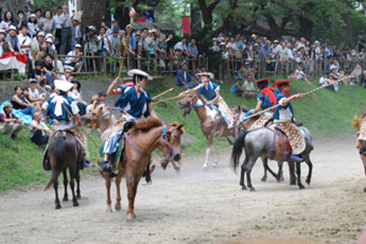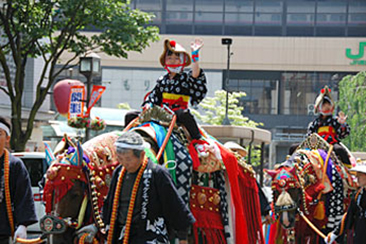JRA Initiatives to Promote Equine Culture
Introduction
As well as organizing JRA racing, the Japan Racing Association also undertakes the following initiatives to disseminate and develop equine culture. The aim in doing so is to foster understanding of horseracing and horses among the general public and to ensure the healthy development of JRA racing.
- 1. Initiatives to disseminate and promote horseriding and equestrianism
- 2. Initiatives for operating the Equine Museum of Japan, the JRA Racing Museum and other facilities
- 3. Initiatives for conferring the Equine Culture Award in the JRA Awards
- 4. Initiatives to preserve native Japanese horse breeds
- 5. Initiatives to preserve traditional horse-related events
1. Initiatives to disseminate and promote horseriding and equestrianism
- 1.To promote understanding of horses and create more opportunities for contact with horses, we hold various equestrian events including "horseriding experience" and "carriage rides" at racecourses and other venues across the country. Besides these, Equestrian Park employees take horses to racecourses, where they offer various "equestrian attractions".
At the Miho and Ritto Training Centers, the Training Farm, and other sites besides racecourses, we hold various equestrian events on special days such as "Hippophile Day" and "Horse Familiarity Day". - 2.At our various sites around the country, we give horseriding instruction to youth sports clubs and other groups organized by children of all ages who love horseriding. By so doing, we endeavor to expand the base of the horseriding population.
In fact, some former members of youth sports clubs have gone on to be active as JRA jockeys and equestrian competitors, thus contributing to an increased supply of participants in the fields of racing and equestrianism. - 3.To promote equestrianism in Japan, we hold sporting tournaments such as the "JRA Horse Show" and "JRA Dressage Tournament" at the Equestrian Park. At other JRA sites, meanwhile, we hold various equestrian tournaments on a regular basis, and provide opportunities for participants to display the results of daily practice and acquired skills. We also cooperate in providing facilities at our sites all over Japan, as venues for equestrian tournaments held by the Japan Equestrian Federation and other equestrianism bodies. As a result, the number of horseriding clubs grew from 456 in 1989 to 899 in 2008, and the horseriding population from 34,815 in 1990 to 70,988 in 2010, each increasing about two-fold.
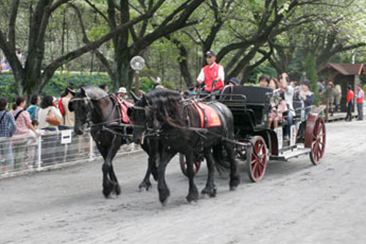

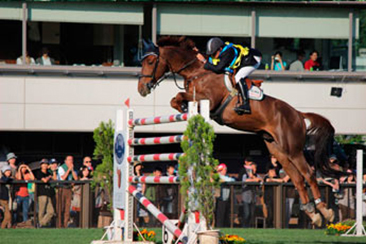
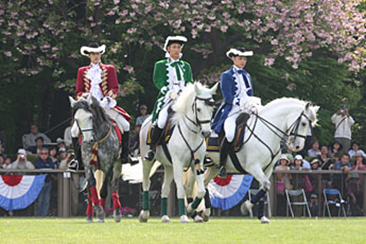
- 4.At the Equestrian Park and other JRA sites around the country, many of our employees are applying themselves daily to the study of equestrianism. Many of these become highly-skilled staff through training and/or tournament experience in Europe and other countries where equestrian sports thrive and technical levels are high.
To harness the skills acquired in this way and broadly improve horseriding skills and knowledge, we hold training courses for senior high school and university horseriding clubs, private horseriding clubs and others, in which we give broad-ranging technical instruction.
2. Initiatives for operating the Equine Museum of Japan, the JRA Racing Museum and other facilities
(1) Equine Museum of Japan
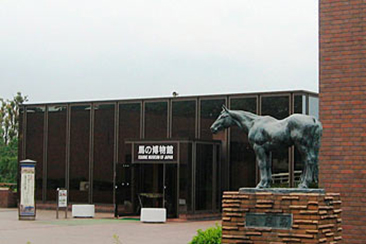

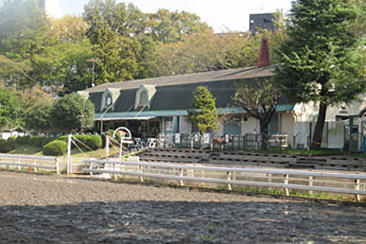

Please access the website for the details: https://www.bajibunka.jrao.ne.jp/en/equinemuseumofjapan.html
Note: Due to full renovation of the Equine Museum of Japan and related facilities in the Negishi Horse Racing Memorial Park, the Museum has been closed since February 29th, 2024 and the Park will be also closed from December 28th, 2024.
The reopening date is not fixed, but we will make an announcement after we get the schedule. <As of August 2024>
(2) JRA Racing Museum

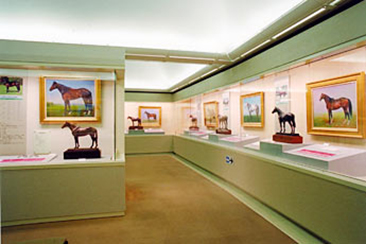
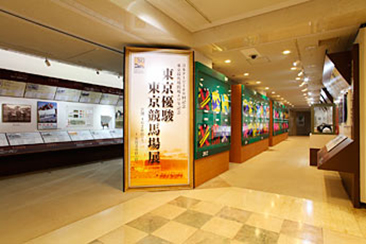
Please access the website for the details: https://www.bajibunka.jrao.ne.jp/en/jraracingmuseum.html
(3) Racing Promotion Facilities, Gate J. Tokyo and Gate J. Osaka
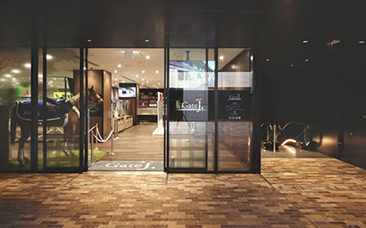
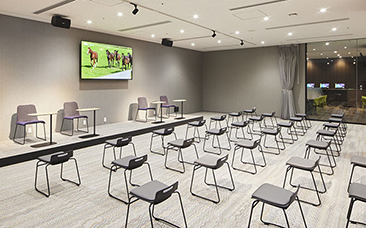

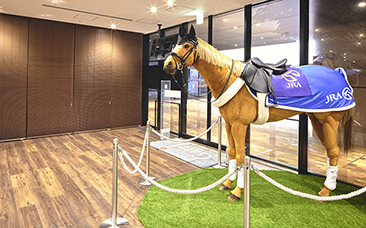
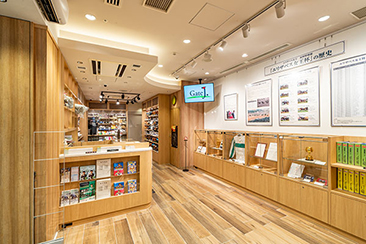
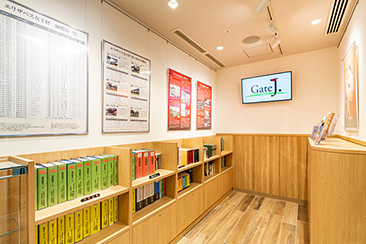
Please access the website for the details: https://www.bajibunka.jrao.ne.jp/en/gatej.html
3. Initiatives for conferring the Equine Culture Award in the JRA Awards
In 1987, the JRA established the JRA Awards Equine Culture Award with the aim of commending and honoring individuals or organizations deemed to have made particularly meritorious contributions to the growth and promotion of equine culture, and supporting their activities. Fields eligible for these awards range from literature an art to research, comment, film, photography, manga, critique and other works contributing to the promotion of equine culture.

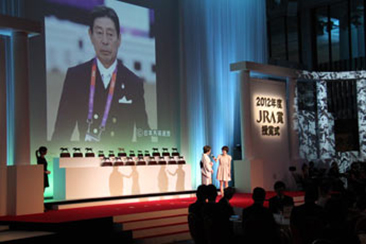
4. Initiatives to preserve native Japanese horse breeds
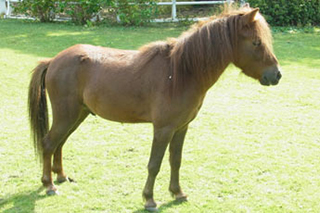
Long ago, many parts of Japan were home to unique native horse breeds, but as time moved on, many of these have died out.
Today, there are only eight officially recognized native breeds: (1) the Hokkaido Washu or Dosanko (Hokkaido and Aomori Prefecture; Designated Cultural Heritage of Hokkaido), (2) Kisouma (Designated Natural Monument of Nagano Prefecture), (3) Noma Uma (Designated Natural Monument of Imabari, Ehime Prefecture), (4) Taishuba (Nagasaki Prefecture), (5) Misaki Uma (Miyazaki Prefecture; Natural Monument designated by the National Government), (6) Tokara Uma (Designated Natural Monument of Kagoshima Prefecture), (7) Miyako Uma (Designated Natural Monument of Okinawa Prefecture), and (8) Yonaguni Uma (Designated Natural Monument of Yonaguni-cho, Okinawa). We provide support for maintaining and increasing populations of native breeds with high cultural value, particularly those threatened with extinction and designated as cultural properties. We are also engaged in activities such as holding rearing displays of native breeds at racecourses and elsewhere, with the aim of enhancing understanding of native breeds among the general public.
- *"Natural monuments" are flora, fauna and minerals with a high scientific value, and the localities where they are found, which are designated for protection and preservation. Besides the Act on Protection of Cultural Properties, some of these are governed by the ordinances of local government authorities.
5. Initiatives to preserve traditional horse-related events
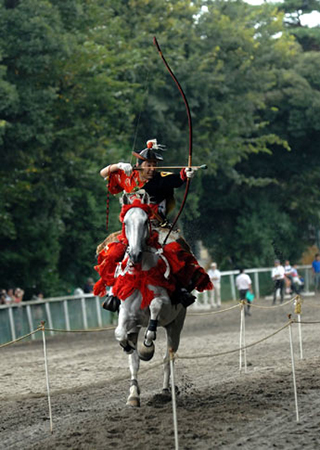
Horses have lived side-by-side with humans as familiar friends since ancient times. Within this relationship, many horses play an active role in festivals held from time to time. By taking steps to preserve and promote traditional horse-themed events and festivals passed down since olden days, the JRA not only spreads equine culture and enhances public understanding of it, but also protects valuable cultural heritage.
These traditional events include many ceremonies and festivals such as Yabusame and Kasagake horseback archery (Kamakura, Kanagawa Prefecture), the Chagu Chagu Umako horse parade (Morioka, Iwate Prefecture), Hachinohe Kiba Dakyu polo (Hachinohe, Aomori Prefecture), the Nikko Toshogu Sennin Musha Gyoretsu samurai procession (Nikko, Tochigi Prefecture), and the Aoi Matsuri hollyhock festival (Kyoto). By supporting these events, we protect valuable cultural heritage.
